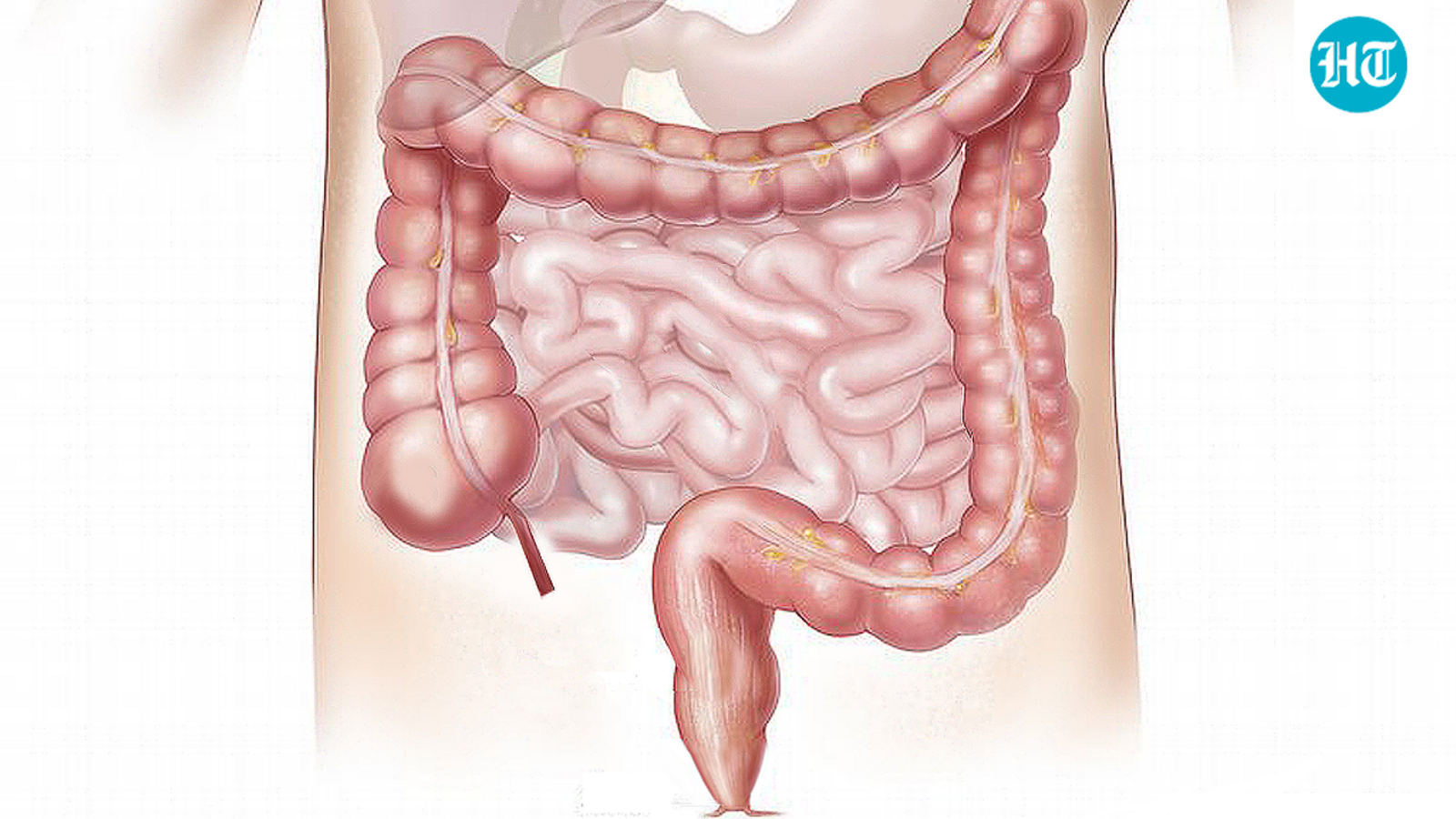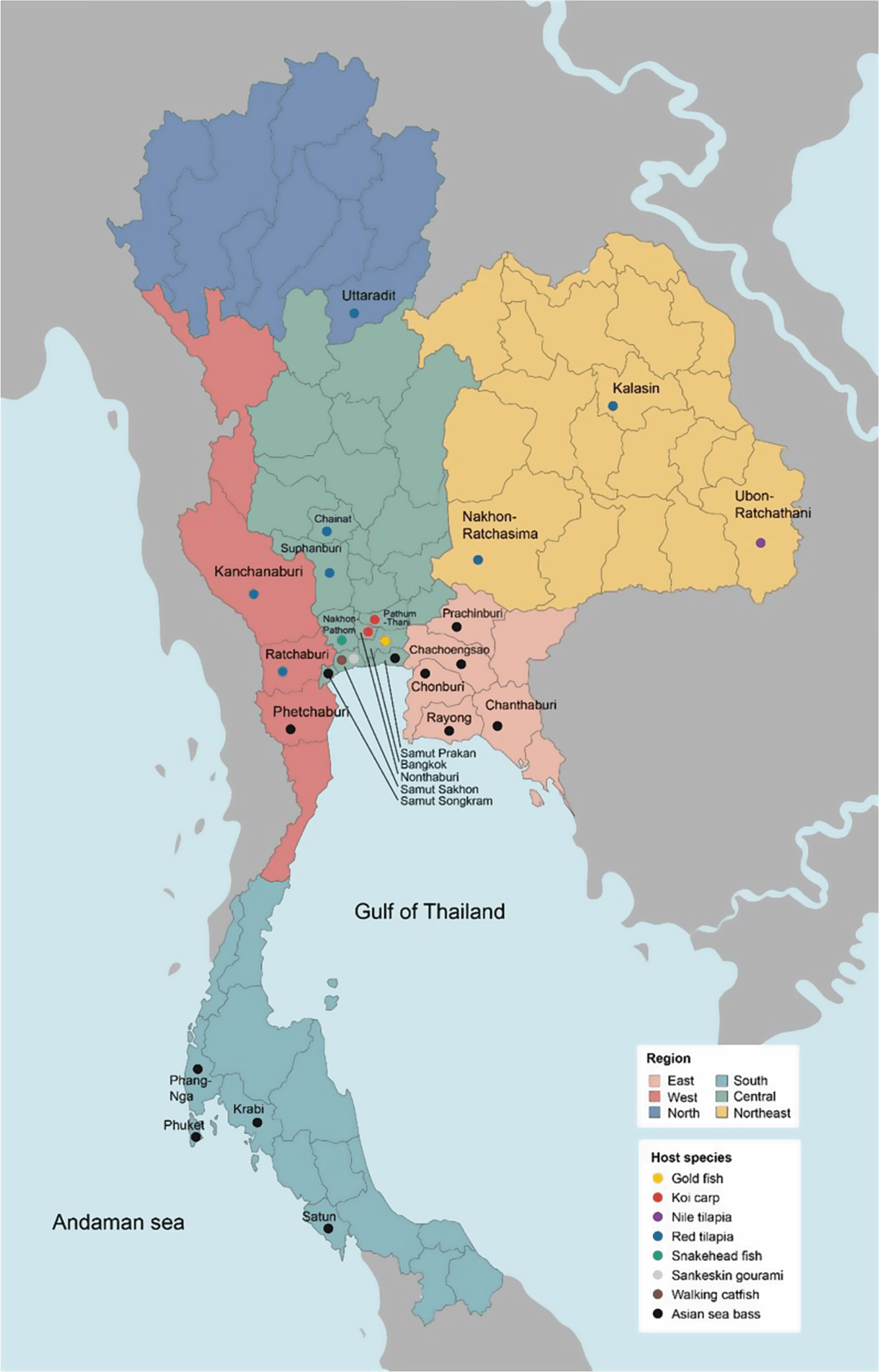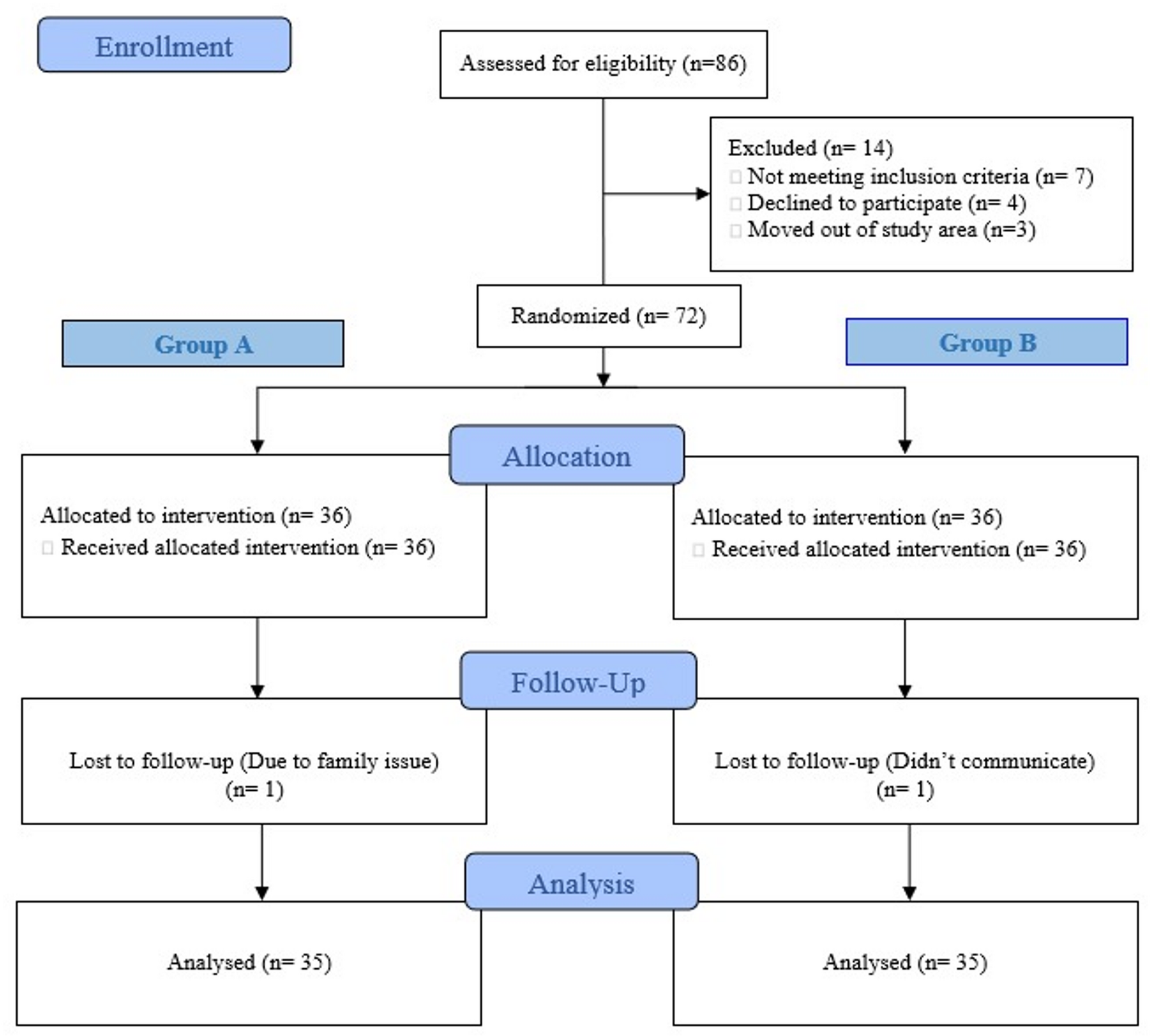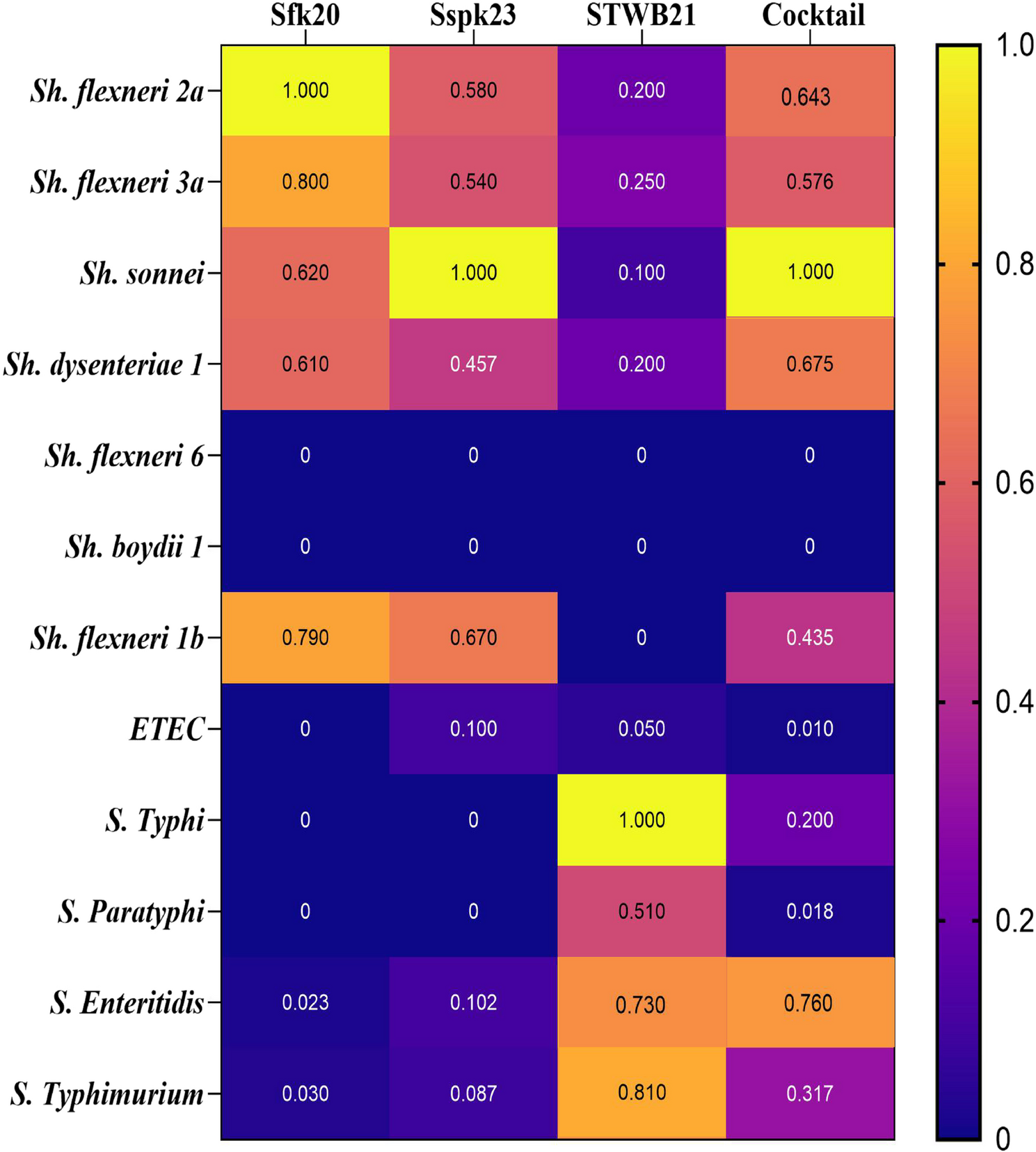University of Arizona researchers may have uncovered a connection between chronic pain and a somewhat uncommon immune condition, opening the door to future research on immune biomarkers for chronic pain.
A small study of medical…

University of Arizona researchers may have uncovered a connection between chronic pain and a somewhat uncommon immune condition, opening the door to future research on immune biomarkers for chronic pain.
A small study of medical…

While stuttering was believed to have purely psychological causes up until about 30 years ago, scientists today attribute it to a variety of factors capable of contributing to its development. For instance, several genes have been…

Scientists have discovered that mental health patients who have skin conditions may be more at risk of worse outcomes, including suicidality and depression. This work, which may aid in identifying at-risk patients and personalising…

Researchers explore the human immune system by looking at the active components, namely the various genes and cells involved. But there is a broad range of these, and observations necessarily produce vast amounts of data. For the…

Colon cancer often develops quietly, showing no clear symptoms in its early stages – which is why it’s often detected late. However, the body does send out subtle warning signs that should never be ignored. Recognising these early indicators…

In an exciting scientific first, researchers at the Allen Institute successfully designed a new gene therapy that reversed symptoms related to SYNGAP1-related disorders (SRD) in mice. These are a class of brain disorders that can…

SEAFDEC. The Southeast Asian state of fisheries and aquaculture 2022. Southeast Asian Fisheries Development Center; 2022.
Suyamud B, Chen Y, Quyen DTT, Dong Z, Zhao C, Hu J. Antimicrobial resistance in aquaculture: occurrence and strategies in…

Lord C, Elsabbagh M, Baird G, Veenstra-Vanderweele J. Autism spectrum disorder. Lancet. 2018;392(10146):508–20. https://doi.org/10.1016/s0140-6736(18)31129-2.
Google Scholar
…

Salmonella and Shigella strains utilized in this study were obtained from the Strain Repository at ICMR-National Institute for Research in Bacterial Infections (ICMR-NIRBI), Kolkata. Strains were kept at −80 °C in Brain Heart…